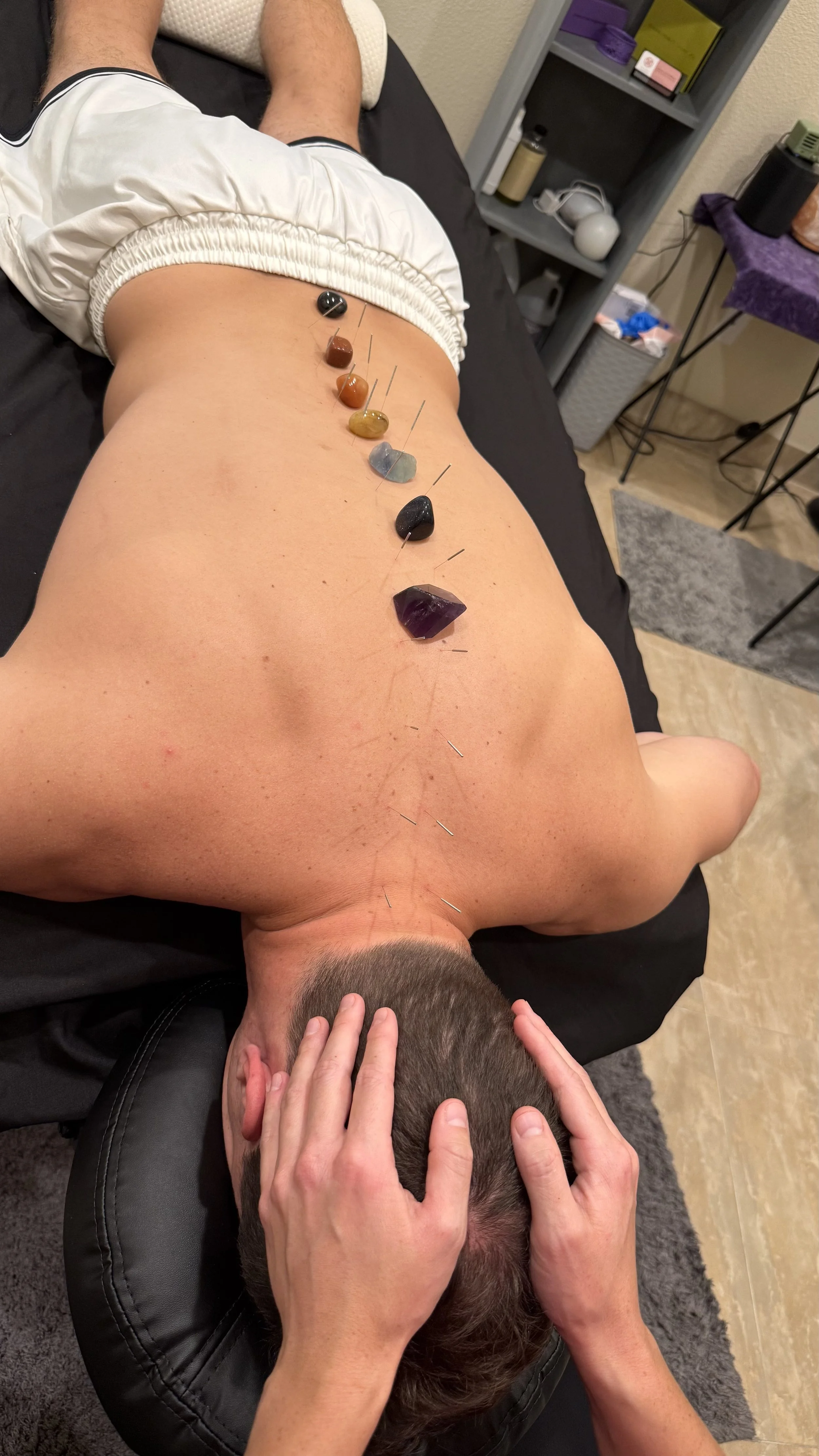Connecting the Data
How science, context, and human experience come together to create meaningful care
The Power of Evidence
Evidence-based medicine has transformed modern healthcare. It has given us structure, safety, and accountability. Through research and data, we now detect disease earlier, refine surgical precision, and tailor treatments more effectively than ever before.
Guidelines built on large-scale studies have helped reduce heart disease, improve cancer survival rates, and set clearer standards for patient care. Data-driven systems have allowed clinicians to identify patterns, measure progress, and share information with speed and accuracy.
We need this kind of rigor. It saves lives.
Multiple Truths
But even data has its limits. While data provides clarity, it is never without bias. Data is only as strong as the process that creates it, and every process has blind spots.
Bias can appear at every stage of research: how subjects are chosen, what questions are asked, and which outcomes are reported. It can show up in who funds the study, how results are interpreted, and what ultimately gets published. Evidence, while powerful, can never tell the entire story.
That is why context and application matter. What works in one environment may not translate to another. We must learn to use data critically and creatively, understanding not only what it tells us, but what it cannot yet capture.
Beyond the Numbers
In medicine, we often celebrate what can be measured and sometimes overlook what cannot. A scan may look normal while a patient still feels pain. A lab result may be perfect while fatigue or fear still linger. These moments are not failures of science, they are reminders that the human experience cannot be reduced to data points alone.
Pain and emotion live in the same nervous system, influenced by memory, stress, and story. Healing requires both sides of the equation: structure and sensitivity, data and dialogue. It asks clinicians and patients alike to listen deeply and stay open to what the body is trying to communicate.
Why Some Practices Lack “Evidence”
There are many reasons why meaningful practices may not yet have research behind them:
Limited funding or financial incentive. Not everything that helps people is profitable to study.
Difficulty in standardization. Human healing does not always fit into a fixed protocol.
Measurement barriers. Many outcomes that matter most, like hope, trust, and resilience, cannot always be quantified.
A lack of evidence does not mean a lack of effect. Case studies, clinical experience, and qualitative outcomes often show powerful shifts: reduced pain, improved energy, deeper focus, and greater connection between mind and body. These are not imaginary results. They are the body’s way of showing us that change is happening from within.
Evidence and Experience Working Together
Evidence and experience are not opposites. They are two sides of the same whole. Data gives us structure, and experience gives us meaning. Both are essential to care that is effective and human.
At Yamamoto Wellness, this is the space I work within. Clinical methods such as dry needling, manual therapy, and movement training align with energetic practices that support the nervous system and restore balance. Reiki helps quiet the body into safety, where healing can occur. Lithotherapy uses the natural resonance of stones to promote calm, regulate energy flow, and reintroduce harmony to systems under stress.
This is not a rejection of science. It is an expansion of it. It is a way of bringing together measurable knowledge with lived experience, allowing both to inform the path toward healing.
Closing Reflection
Data is a guide, but not the destination. It can measure progress, but it cannot always measure transformation. Healing happens in the places data cannot fully reach—the space where structure meets intuition, and where knowledge becomes wisdom.
The future of care depends on how we bridge the art and science of healing. Both are necessary. Both belong.


